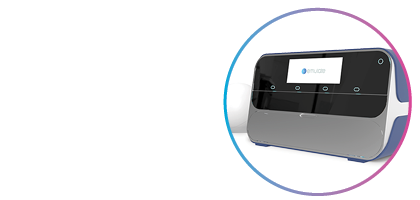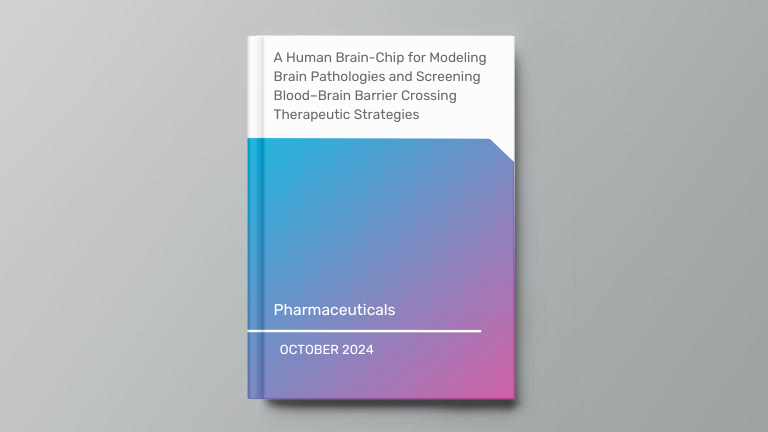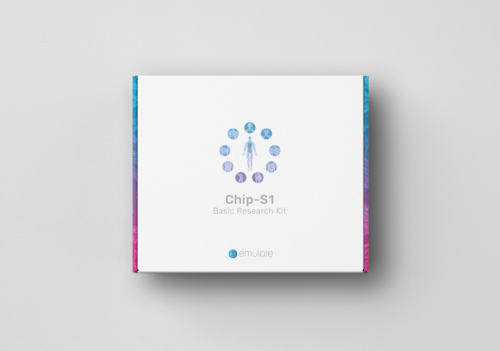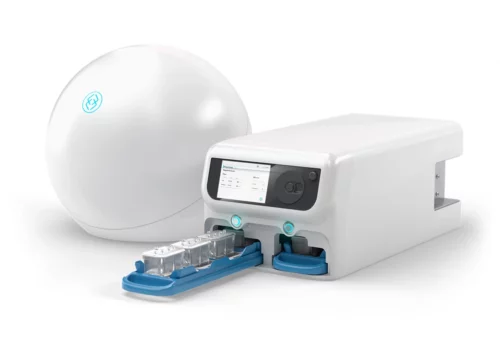Organ Model: Brain (BBB)
Application: ADME, Inflammation
How Organ-Chips Were Used: The limited translatability of preclinical experimental findings to patients remains an obstacle for successful treatment of brain diseases. Relevant models to elucidate mechanisms behind brain pathogenesis, including cell-specific contributions and cell-cell interactions, and support successful targeting and prediction of drug responses in humans are urgently needed, given the species differences in brain and blood-brain barrier (BBB) functions. Human microphysiological systems (MPS), such as Organ-Chips, are emerging as a promising approach to address these challenges. Here, the authors examined and advanced a Brain-Chip that recapitulates aspects of the human cortical parenchyma and the BBB in one model.
Methods: The authors utilized human primary astrocytes and pericytes, human induced pluripotent stem cell (hiPSC)-derived cortical neurons, and hiPSC-derived brain microvascular endothelial-like cells and included for the first time on-chip hiPSC-derived microglia.
Results: Using Tumor necrosis factor alpha (TNFα) to emulate neuroinflammation, the authors demonstrate that this model recapitulates in vivo-relevant responses. Importantly, they show microglia-derived responses, highlighting the Brain-Chip’s sensitivity to capture cell-specific contributions in human disease-associated pathology. They then tested BBB crossing of human transferrin receptor antibodies and conjugated adeno-associated viruses. They demonstrate successful in vitro/in vivo correlation in identifying crossing differences, underscoring the model’s capacity as a screening platform for BBB crossing therapeutic strategies and ability to predict in vivo responses.
Conclusions: These findings highlight the potential of the Brain-Chip as a reliable and time-efficient model to support therapeutic development and provide mechanistic insights into brain diseases, adding to the growing evidence supporting the value of MPS in translational research and drug discovery.



